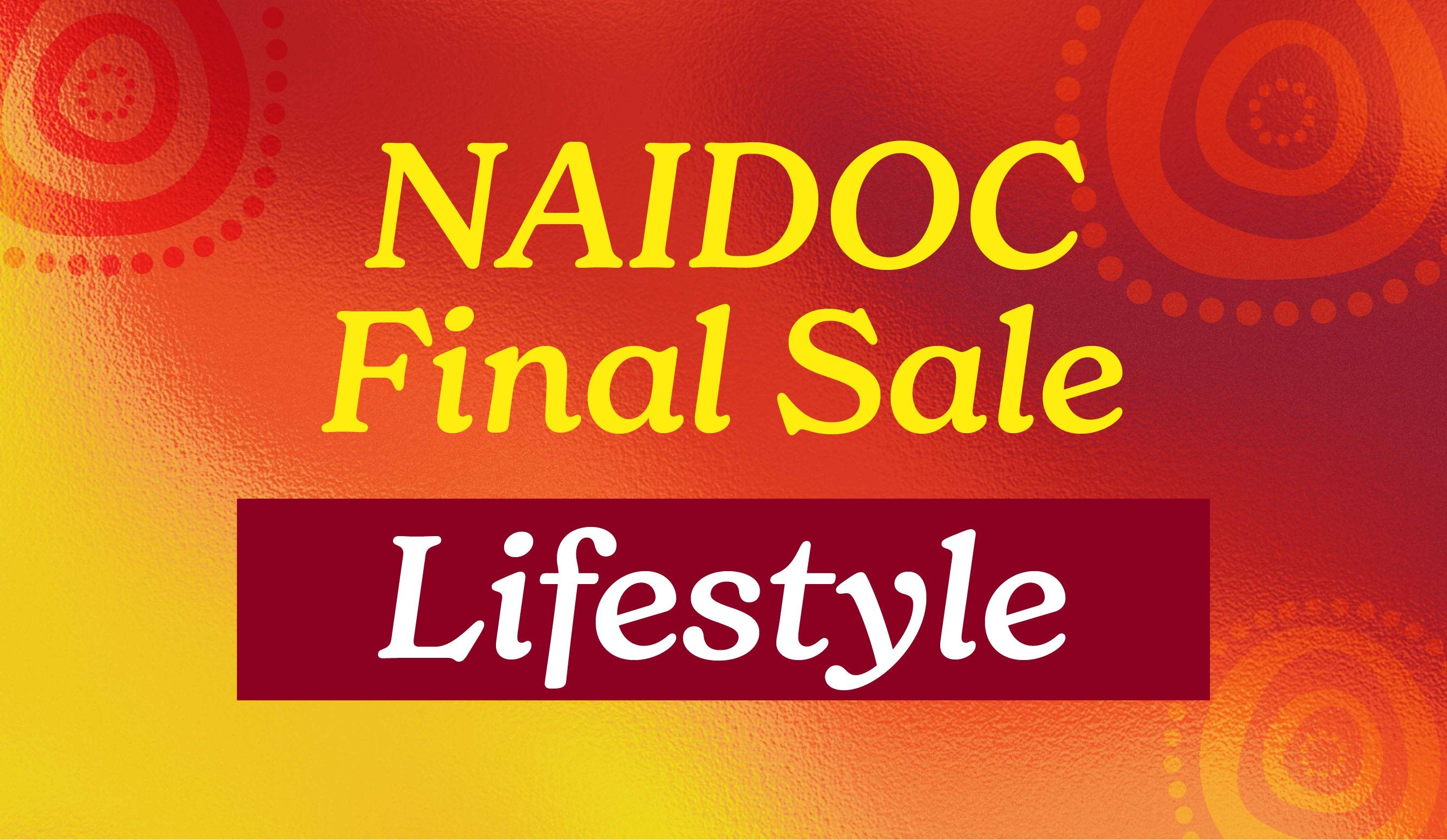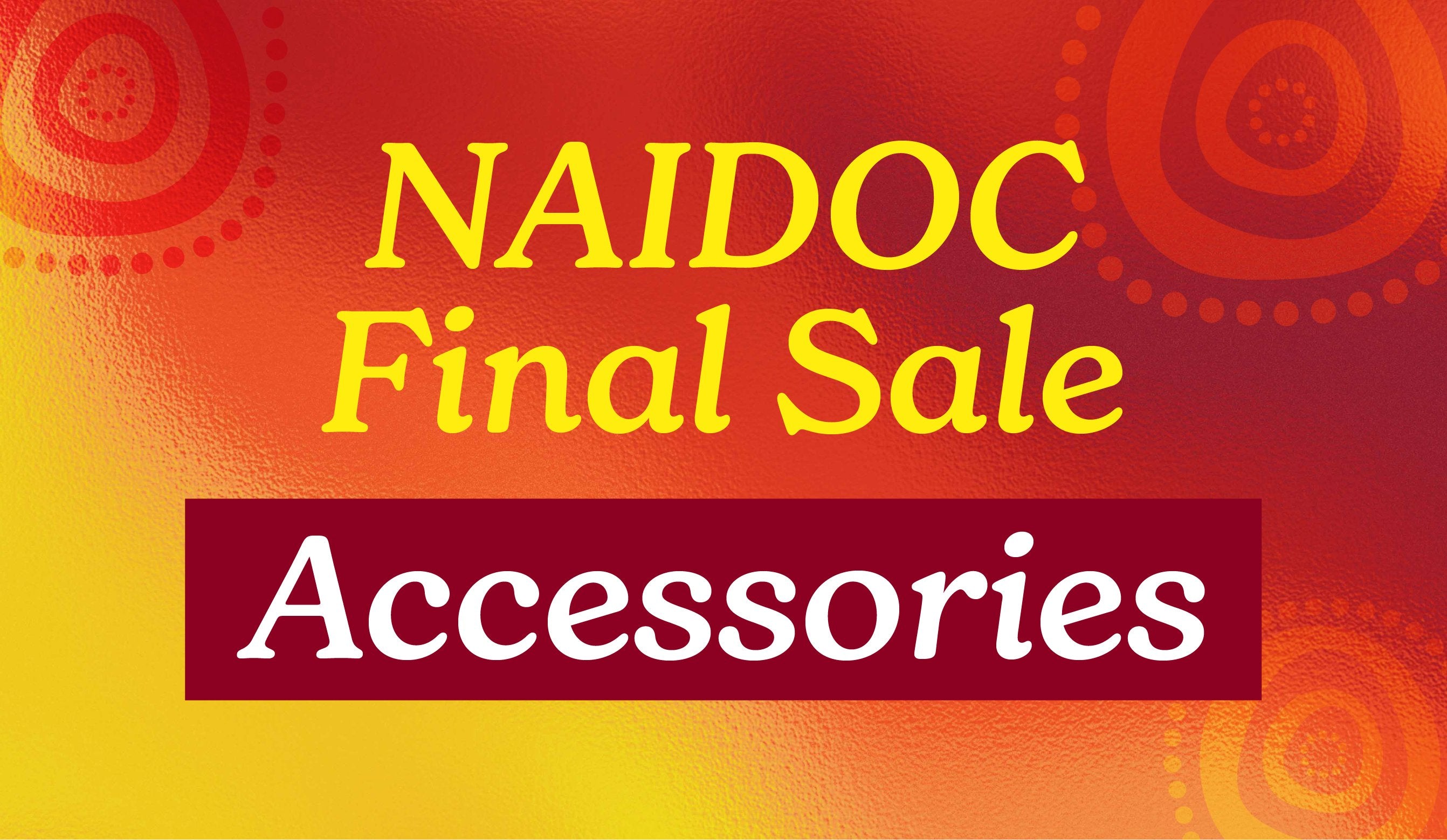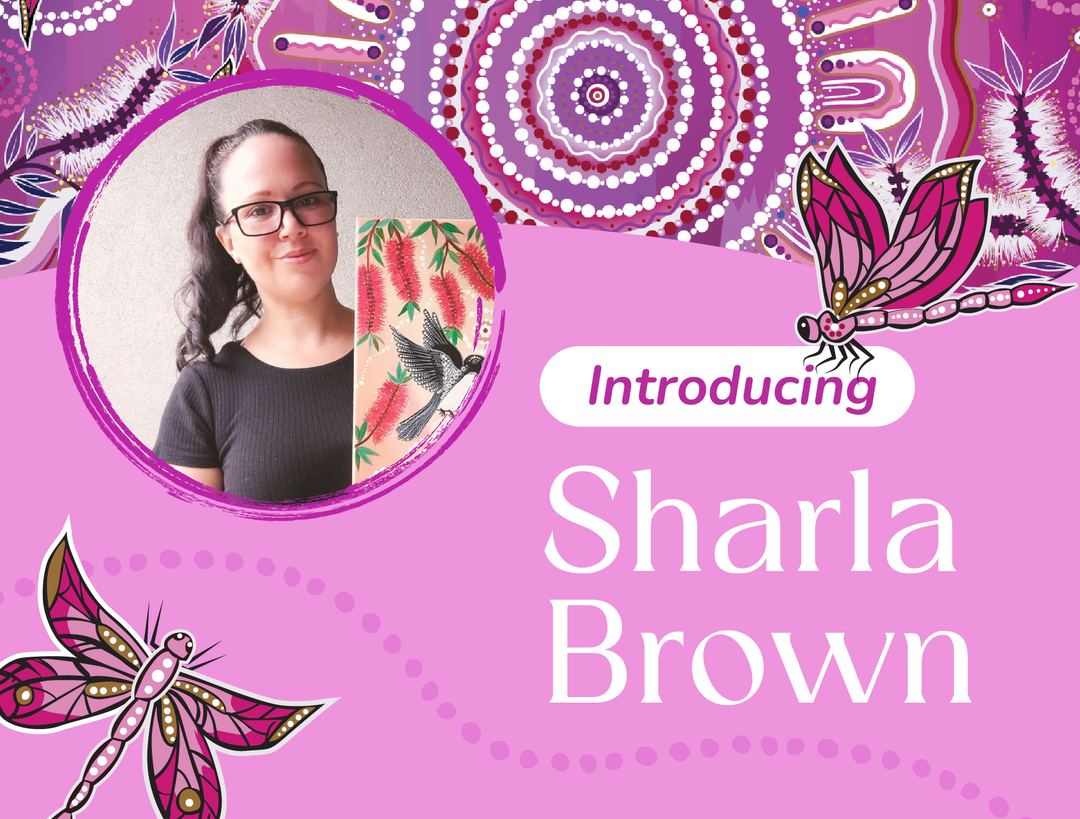Australia is represented by three official flags: the Australian National Flag, the Australian Aboriginal Flag, and the Torres Strait Islander Flag. Each of these flags holds deep significance and tells a unique story of the country's past and present.
The inclusion of the Australian Aboriginal and Torres Strait Islander flags alongside the Australian National Flag in 1995 marked a pivotal moment in Australia's history. This act of recognition was more than a symbolic gesture; it was a significant step towards acknowledging the unique cultures, histories, and rights of Australia's First Peoples. The Aboriginal and Torres Strait Islander flags, officially recognised as part of Australia's national symbols, serve as a powerful reminder of the country's ongoing journey towards reconciliation and cultural respect.
Let's take a look at the flags individually:
The Australian National Flag, adopted in 1901, symbolises the country's colonial origins. The Union Jack in the upper left corner reflects Australia's history of British settlement. Below the Union Jack is the Commonwealth Star with seven points, representing the unity of the six states and the territories. The Southern Cross constellation, visible only from the southern hemisphere, reminds us of Australia's unique geographical identity.

The Australian Aboriginal Flag, designed by Harold Thomas, a Luritja man from Central Australia, was first flown in 1971. Its design is simple yet profound: the top half is black, symbolising Aboriginal people, and the red lower half represents the earth and spiritual connection to the land. The central yellow circle stands for the sun, the giver of life and protector.
The Torres Strait Islander Flag, created by Bernard Namok from Thursday Island in 1992, features green panels for the land, a central blue panel for the sea, and black lines representing the Torres Strait Islander people. The white Dhari (dancer’s headdress) in the centre is a symbol for all Torres Strait Islanders, and the five-pointed star beneath it represents the island groups and signifies peace and navigation.

The combination of these three flags is a visual representation of Australia's commitment to embracing its diverse heritage. It symbolises the unity and equal respect for the stories and traditions of all Australians, while specifically honouring the world's oldest continuous cultures. The triad of flags celebrates the distinct identities of Aboriginal and Torres Strait Islander peoples and fosters a broader understanding and appreciation of their profound contribution to Australian society. As we fly these flags together, we are reminded of the importance of inclusivity, mutual respect, and the shared responsibility to acknowledge and preserve the diversity of Australia's cultural heritage.
At BW Tribal, we are proud to contribute to this narrative of recognition and inclusivity. We, as an Indigenous-owned Australian business, understand the importance of these symbols. Our products proudly display the Aboriginal and Torres Strait Islander flags, celebrating the rich culture and heritage of Australia's First Peoples. We invite you to join us in this celebration and show your support for the diverse and vibrant cultures that make Australia so great.
Sources:
-
Royal Australian College of General Practitioners. (2021). "Flag Protocol – About the Three Flags." https://www.racgp.org.au/FSDEDEV/media/documents/Faculties/ATSI/NFATSIH-flag-protocal.pdf
-
Sydney Private Tours. (2020). "Comprehensive Guide To Australia's Flags & Emblems." https://dailysydneytours.com/australias-flags-national-emblems/
-
National Museum of Australia. (n.d.). "Defining Symbols of Australia: Flags." https://www.nma.gov.au/exhibitions/defining-symbols-australia/flags
























